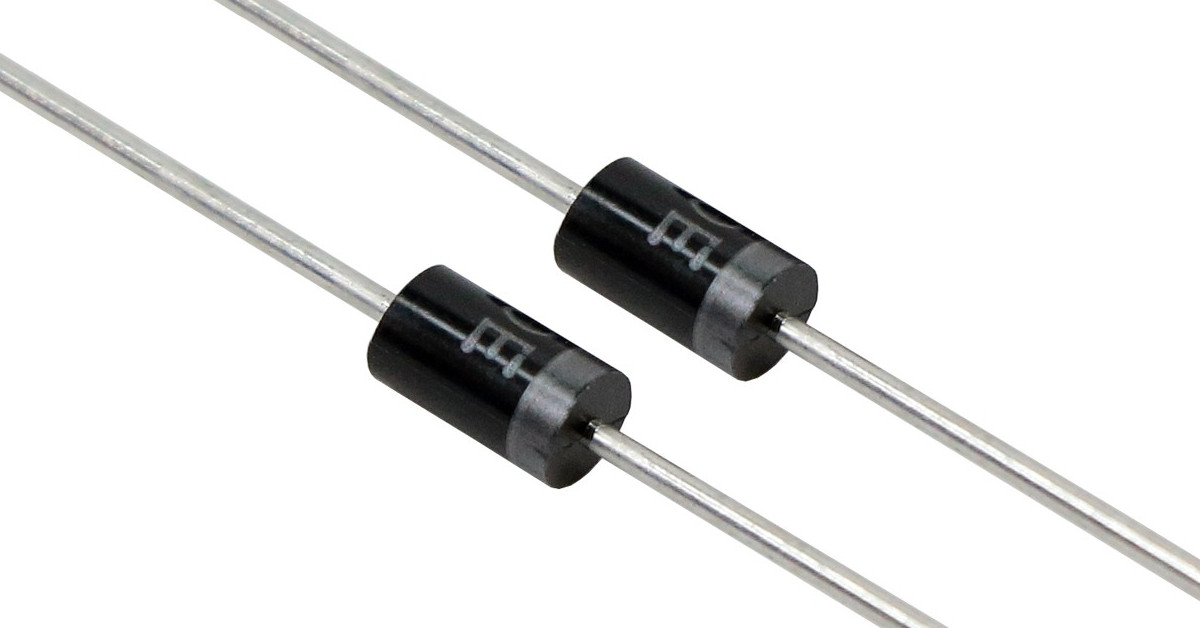A diode is a two-terminal electronic component that allows current to flow in only one direction. It is made of a material known as a semiconductor, typically silicon or germanium, which has special properties that allow it to be used as a switch. When a voltage is applied to the diode, the flow of current is determined by the direction of the voltage and the properties of the semiconductor material.
The basic operation of a diode can be understood by considering the flow of electrons in a conductor. Electrons are negatively charged particles that are free to move in a conductor. When a voltage is applied to a conductor, the electrons will move in response to the electric field created by the voltage.
In a diode, the semiconductor material is doped with impurities that give it special properties. The end of the diode that is doped with a material that donates electrons is known as the cathode, while the end that is doped with a material that accepts electrons is known as the anode. When a voltage is applied to the diode, the flow of electrons is determined by the direction of the voltage and the properties of the semiconductor material.
When a voltage is applied to the diode in the forward direction, the flow of electrons is easy, and the diode is said to be in the forward-biased state. In this state, the diode acts like a low-resistance conductor, allowing current to flow through it. When a voltage is applied to the diode in the reverse direction, the flow of electrons is blocked, and the diode is said to be in the reverse-biased state. In this state, the diode acts like an insulator, preventing current from flowing through it.
The ability of a diode to allow current to flow in only one direction is useful in many applications. For example, diodes can be used to rectify AC signals, converting them to DC signals. This is useful in applications such as power supplies, where AC signals are converted to DC signals that can be used to power electronic devices.
Another important use of diodes is in voltage protection. Diodes can be used to protect sensitive electronic components from voltage spikes and other forms of electrical overstress. By connecting a diode in reverse bias across a component, any voltage spikes that occur can be safely absorbed by the diode, protecting the component from damage.
Diodes are also used in a variety of switching applications. For example, diodes can be used to switch signals between different paths in a circuit, or to switch signals on and off. The switching speed of a diode is determined by the semiconductor material and the doping level, with faster switching speeds achievable with materials such as gallium arsenide.
There are many different types of diodes, each with its own unique properties and uses. Some of the most common types of diodes include standard diodes, Zener diodes, Schottky diodes, and light-emitting diodes (LEDs).
Diodes are essential components in many electronic circuits. They allow current to flow in only one direction, making them useful in applications such as rectification, voltage protection, and switching. Understanding the basic principles of diodes and their applications is important for anyone working in the field of electronics.

Leave a Reply